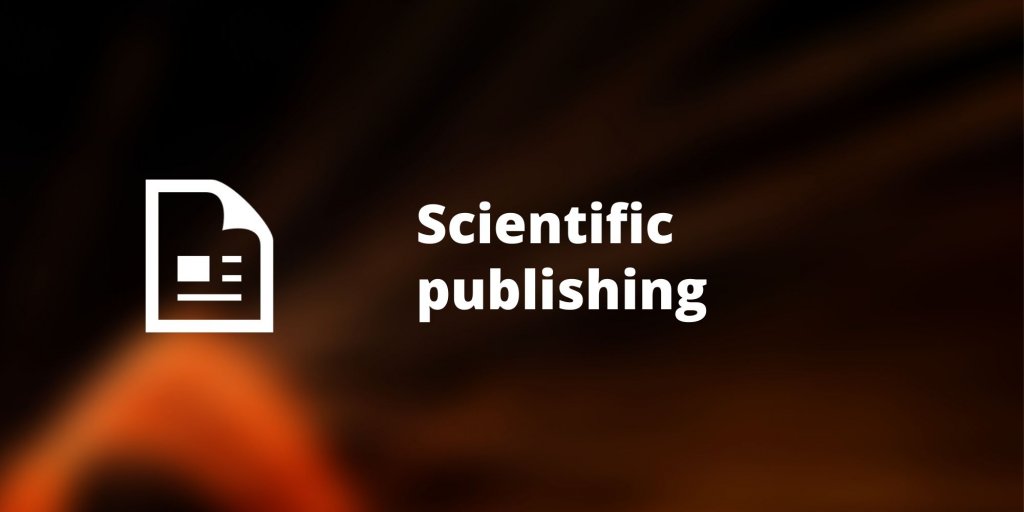
This post is shared as part of a regular series on open science. Find all our content on open science here.
By Virginia Barbour, Queensland University of Technology. This article is republished from The Conversation under a Creative Commons license.
Last week, the United States announced an updated policy guidance on open access that will substantially expand public access to science not just in America, but worldwide.
As per the guidance, all US federal agencies must put in place policies and plans so anyone anywhere can immediately and freely access the peer-reviewed publications and data arising from research they fund.
The policies need to be in place by the end of 2025, according to President Biden’s White House Office of Science and Technology Policy (OSTP).
The new guidance builds on a previous memo issued by then president Barack Obama’s office in 2013. That one only applied to the largest funding agencies and, in a crucial difference, allowed for a 12-month delay or embargo for the publications to be available.
Now we’re seeing a substantial step forward in a lengthy effort – extending back to the beginning of this century – to open up access to the world’s research.
We can expect it to act as a catalyst for more policy changes globally. It’s also especially timely given UNESCO’s Open Science Recommendation adopted in 2021. The new OSTP guidance emphasises the primary intention is for the US public to have immediate access to research funded by their tax dollars.
But thanks to the conditions for opening up said research, people worldwide will benefit.
It might seem obvious that with our ubiquitous internet access, there should already be immediate open access to publicly funded research. But that isn’t the case for most published studies.
Changing the system has been challenging, not least because academic publishing is dominated by a small number of highly profitable and powerful publishers.
Open access matters for both the public and academics, as the fast-moving emergency of the COVID-19 pandemic amply demonstrated.
Even academics at well-funded universities can mostly only access journals their universities subscribe to – and no institution can afford to subscribe to everything published. Last year, estimates suggest some 2 million research articles were published. People outside a university – in a small company, a college, a GP practice, a newsroom, or citizen scientists – have to pay for access.
As the new guidance notes, this lack of public access leads to “discrimination and structural inequalities… [that] prevent some communities from reaping the rewards of the scientific and technological advancements”. Furthermore, lack of access leads to mistrust in research.
The accompanying OSTP memo highlights that future policies should support scientific and research integrity, with the aim of increasing public trust in science.
COVID-19 is not the first rapid global emergency, and it won’t be the last. For example, doctors not being able to access research on Ebola may have directly led to a 2015 outbreak in West Africa.
In the early stages of the COVID-19 pandemic, the White House led calls for publishers to make COVID-19 publications open to all. Most (but not all) did and that call led to one of the biggest databases of openly available papers ever assembled – the CORD-19 database.
But not all of those COVID-19 papers will be permanently openly available, since some publishers put conditions on their accessibility. With the current spread of monkeypox, we are potentially facing another global emergency. In August this year, the White House once again called for publishers to make relevant research open.
The OSTP guidance will finally mean that, at least for US federally funded research, the time of governments having to repeatedly call for publishers to make research open is over.

The future of scientific publishing
This project explores the role of publishing in the scientific enterprise, asking how the scholarly publishing system can maximize benefit to global science and to wider audiences for scientific research.
In Australia, we don’t yet have a national approach to open access. The two national research funders, the NHMRC and ARC, have policies in place similar to the 2013 US guidance of a 12-month embargo period. The NHMRC consulted last year on an immediate open access policy.
All Australian universities provide access to their research through their repositories, although that access varies depending on individual universities’ and publishers’ policies. Most recently, the Council of Australian University Librarians negotiated a number of consortial open access deals with publishers. Cathy Foley, Australia’s Chief Scientist, is also considering a national model for open access.
So what’s next? As expected, perhaps, some of the larger publishers are already making the case for more funding for them to support this policy. It will be important that this policy doesn’t lead to a financial bonanza for these already very profitable companies – nor a consolidation of their power.
Rather, it would be good to see financial support for innovation in publishing, and a recognition that we need a diversity of approaches to support an academic publishing system that works for the benefit of all.
How will the Office of Science and Technology Policy announcement affect you?
As part of its work on the future of scientific publishing, the Council is exploring the impact of the updated policy guidance from the United States, and we would be interested to hear from ISC Members and others in the Council’s network. Please get in touch if this would be of interest.
Virginia Barbour, Director, Open Access Australasia, Queensland University of Technology
This article is republished from The Conversation under a Creative Commons license. Read the original article.
Image Eugenio Mazzone on Unsplash.